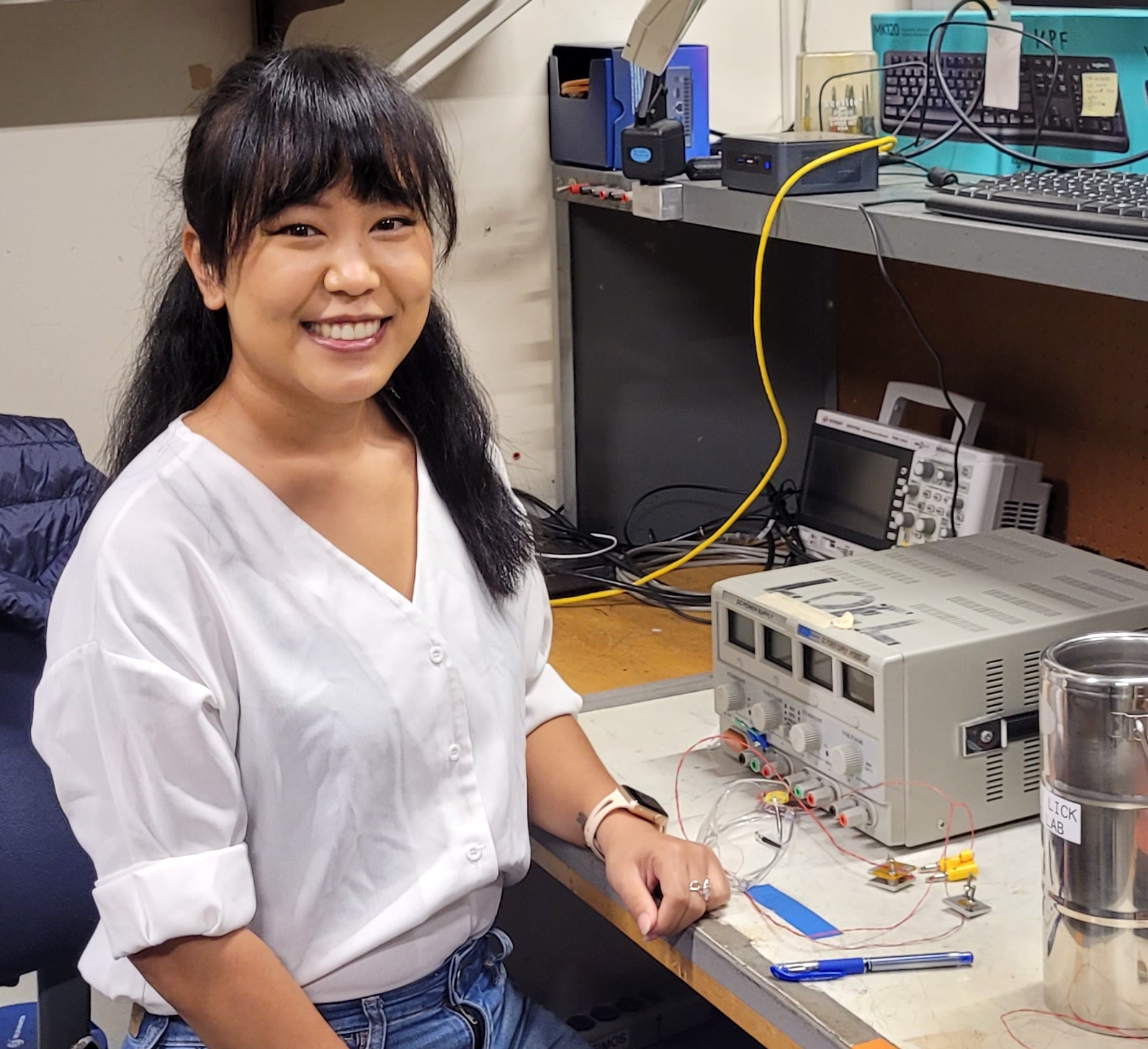
Deborah Higa is from the island of O‘ahu and is pursuing a Bachelor of Science in Mechanical Engineering at the University of Hawaii at Manoa. She is the president of the Society of Women Engineers (SWE) UH Manoa collegiate chapter and is a strong advocate for gender inclusivity, particularly in the STEM field. She is also the Project Manager for Team RoSE, a Mars rover project at UH Manoa and is aiming to compete in the University Rover Challenge, an international competition hosted by The Mars Society, during the Summer of 2023. Through this internship opportunity, Deborah hopes to expand her knowledge and experience in mechanical engineering and aerospace technologies and learn more about their practical applications. Her interests lie in project management, additive manufacturing, and system level design and integration.
Home Island: O‘ahu
High School:
Institution when accepted: UH Manoa
Akamai Project: Position Characterization and Testing of a Cryogenic Rotary Stage Assembly for SCALES
Project Site: University of California Observatories – Santa Cruz, CA
Mentor: Christopher Ratliff
Project Abstract:
The University of California Observatories (UCO) is developing the Santa Cruz Array of Lenslets for Exoplanets Spectroscopy (SCALES), an infrared, integral-field spectrometer and imager. SCALES will be installed on W.M. Keck Observatory’s Keck-II adaptive optics system to detect and characterize colder and lower-mass exoplanets than previous instruments. The fore-optics of SCALES contain a Lyot-stop selector, consisting of a rotary mechanism at the pupil plane that holds 15 selectable Lyot masks. The Lyot masks must have an xy-positioning accuracy of 70 µm and xy-positioning precision of approximately 3.5 to 30 µm. Due to the tight positioning requirements and the need for a passive mechanism that does not generate heat, a spring-loaded detent follower wheel was implemented. To verify that the detent mechanism precisely positions the Lyot wheel, Hall sensors were selected to serve as position sensors on the wheel due to their durability and non-contact capability, but their positional uncertainty at cryogenic temperatures was initially unknown. To characterize the repeatability and precision of the sensors, testing was completed in two stages. Preliminary testing showed that the sensors are functional at cryogenic temperatures, a voltage versus distance relationship was established, and some sensor-to-sensor repeatability data looks promising. The second stage of testing is in process and requires modification of an existing coronagraph slide to accommodate the sensors for signal characterization and repeatability at warm and cryogenic temperatures. It is suggested that UCO test the sensors in the modified coronagraph slide at cryogenic temperatures and continue testing to determine the optimal trip distance.